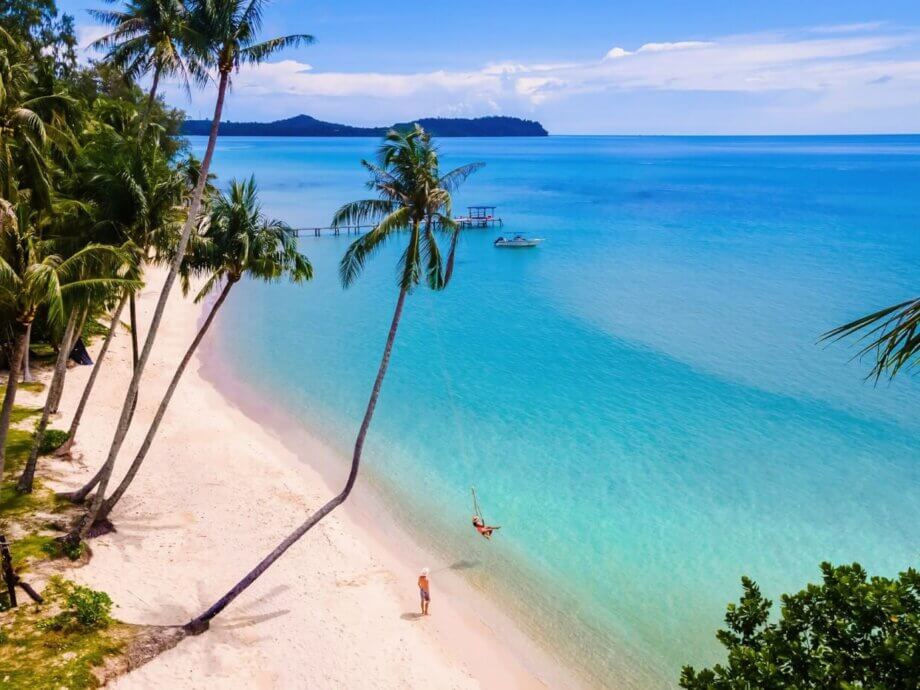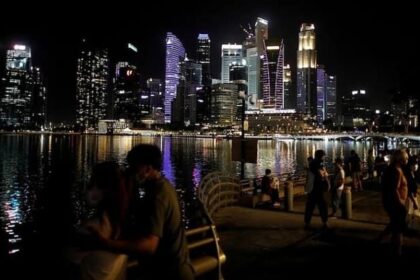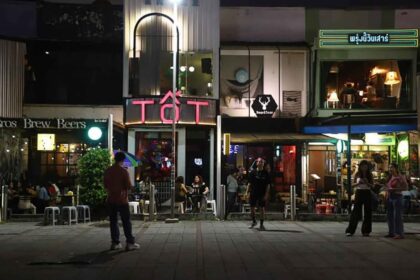Discovering Thailand Beyond the Tourist Trail
While Bangkok, Chiang Mai, and Phuket often steal the spotlight, Thailand is home to a wealth of lesser-known destinations that offer a quieter, more authentic experience. As international tourism rebounds and popular hotspots grow ever busier, both local experts and global travel authorities are encouraging visitors to look beyond the usual routes. These under-the-radar places promise serene landscapes, rich culture, and flavors you won’t find in any travel app. Here’s a guide to ten of Thailand’s most underrated destinations, each offering a unique window into the country’s diverse heritage and natural beauty.
Why Explore Off-the-Beaten-Path Thailand?
Thailand’s tourism industry is a vital part of its economy, but overtourism has put pressure on famous sites, leading to environmental concerns and periodic closures, such as the well-publicized shutdown of Maya Bay. In response, the Thai government and travel experts are promoting sustainable tourism by highlighting less crowded areas. According to CNN, destinations like Lampang and Nan are seeing a surge in interest as travelers seek more authentic and peaceful experiences. These hidden gems not only help preserve Thailand’s natural wonders but also support local communities and traditions.
10 Underrated Destinations in Thailand
From tranquil islands to historic towns, these ten spots showcase a different side of Thailand—one that values calm over crowds and real moments over photo ops.
Koh Samet: The Easy Island Escape

Just a few hours from Bangkok, Koh Samet is a petite island known for its powdery white sand and clear turquoise waters. As part of a national park, it offers a laid-back vibe, beachside BBQs, and fire-dancing shows without the crowds of more famous islands. Seafood is a highlight, with fresh catches grilled daily and mango sticky rice for dessert. Getting there is simple: take a bus to Ban Phe Pier, then a ferry to the island.
Sukhothai: Dawn of Happiness
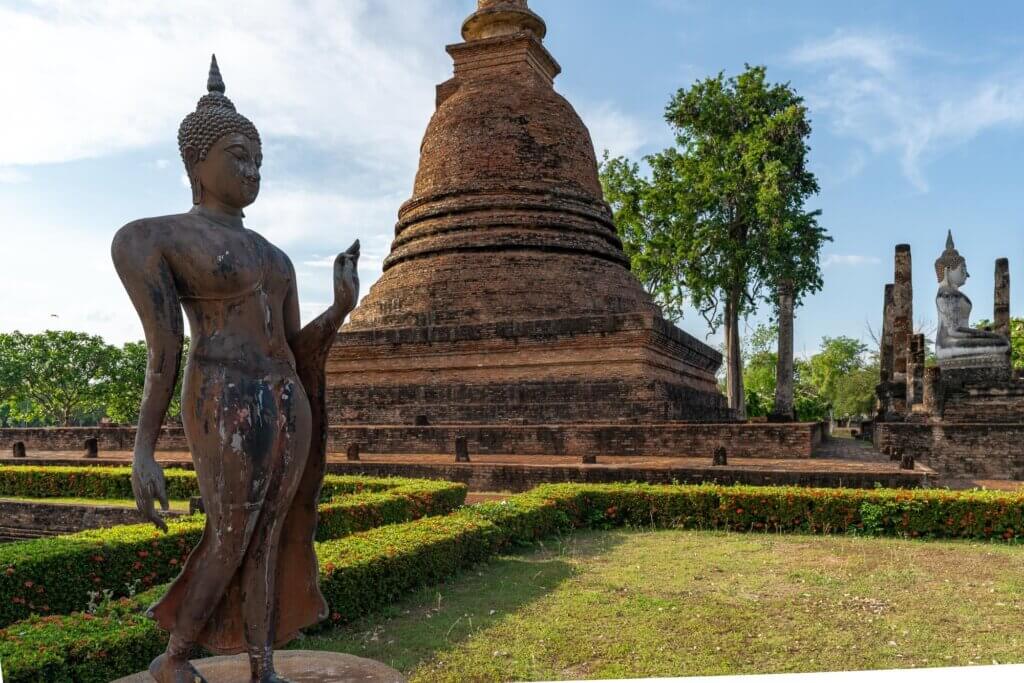
History lovers will find joy in Sukhothai, the 13th-century capital of Siam. The Sukhothai Historical Park features ancient Buddha statues and crumbling chedis set among lotus ponds. Rent a bicycle to explore the peaceful ruins, and don’t miss the local Sukhothai noodles. November’s Loi Krathong festival transforms the park with candlelit floats and fireworks. Sukhothai is accessible by bus or train from Bangkok or Chiang Mai.
Koh Kood: Thailand’s Untouched Island
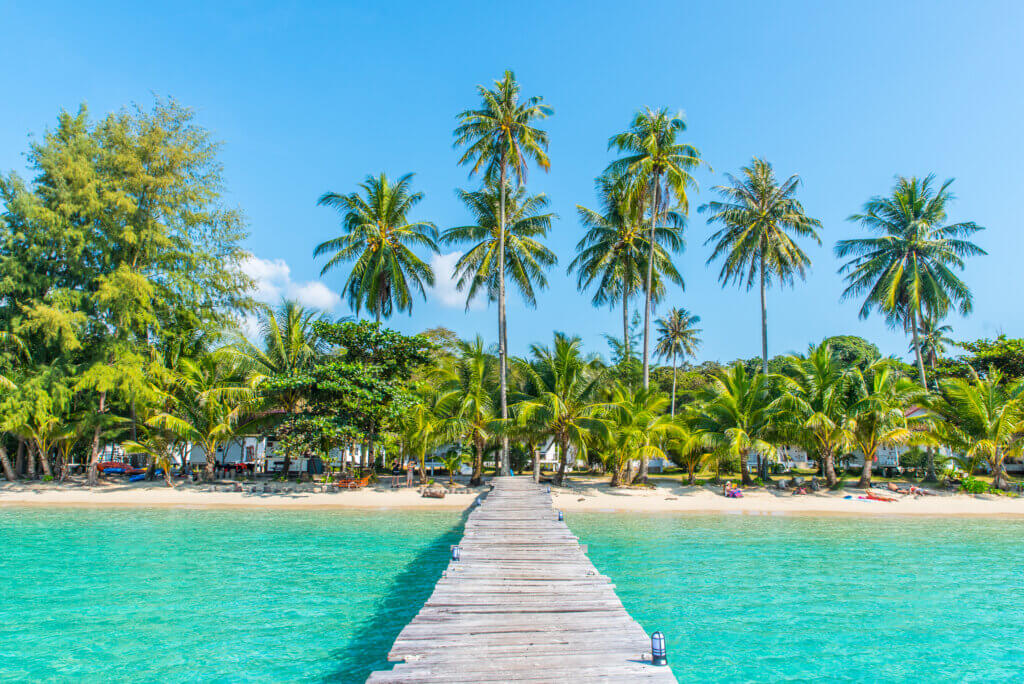
Often described as what Phuket was decades ago, Koh Kood (or Ko Kut) is a haven of emerald jungles, waterfalls, and empty beaches. The island’s slow pace, spotty internet, and community-focused hospitality make it ideal for those seeking true relaxation. Seafood is central to local cuisine, and visitors are often invited to join family meals or fishing trips. Reach Koh Kood via a bus and ferry combo from Bangkok.
Mae Sot: A Border Town of Cultures
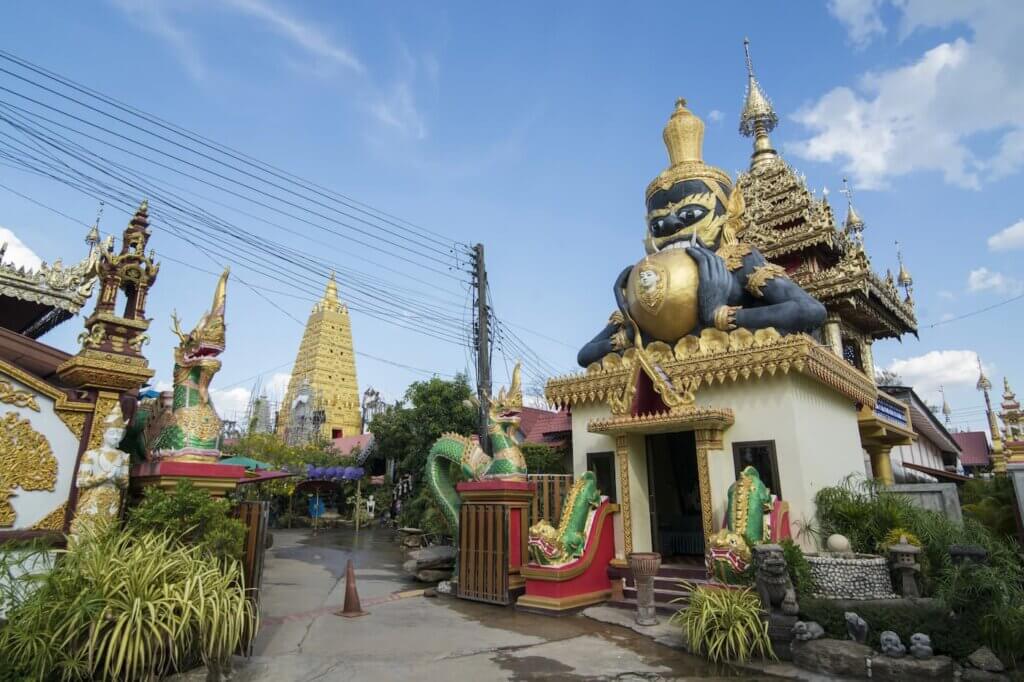
Mae Sot, on the Thai-Myanmar border, is a melting pot of Thai, Burmese, and Karen cultures. Its bustling border market offers everything from gemstones to tribal textiles, and the food scene features Burmese tea, Mohinga soup, and samosas alongside Thai classics. The town is also a hub for humanitarian work and offers access to hot springs and national parks. Buses connect Mae Sot with Bangkok and Chiang Mai.
Nong Khai: Mekong Views and Mysteries

Overlooking the Mekong River and Laos, Nong Khai is famous for its riverfront markets, surreal sculpture parks, and the mysterious Naga Fireballs—glowing orbs said to rise from the river during Buddhist Lent. The local cuisine is a spicy mix of Isaan and Vietnamese influences, with dishes like Naem Nueng and grilled Mekong fish. Nong Khai is easily reached by train or bus from Bangkok or Chiang Mai.
Phitsanulok: Riverside Heritage
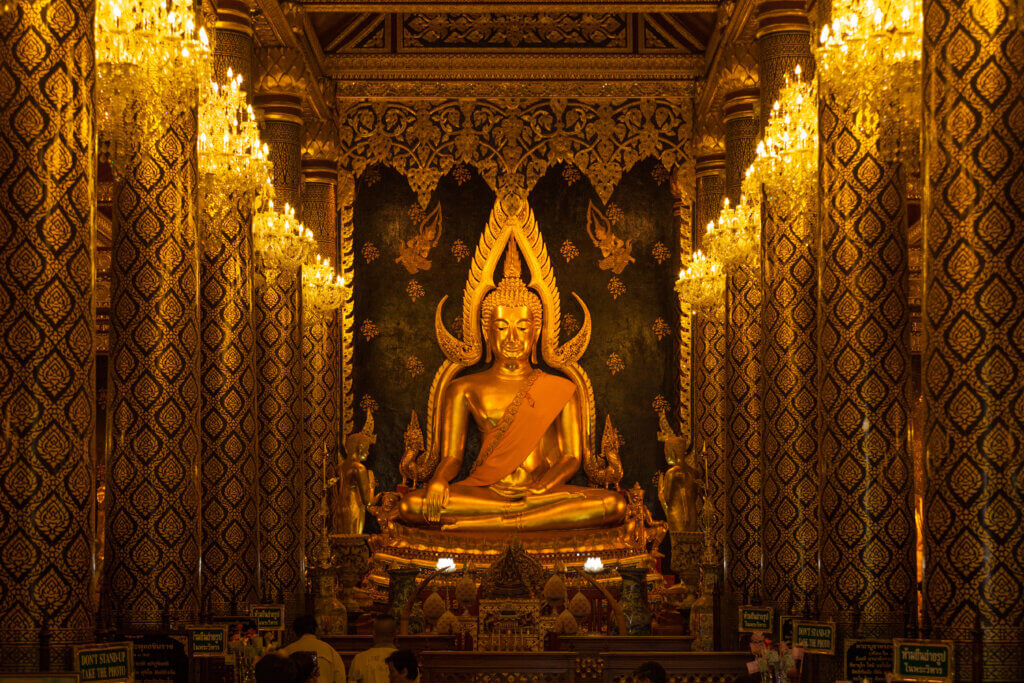
Phitsanulok, once a royal capital, is now a city of temples, night markets, and local pride. The revered Phra Buddha Chinnarat statue draws pilgrims, while the night bazaar offers street food like Kuay Tiew and grilled quail. The city is a convenient base for visiting Sukhothai and is well-connected by train and bus.
Nakhon Ratchasima (Korat): Gateway to the Northeast
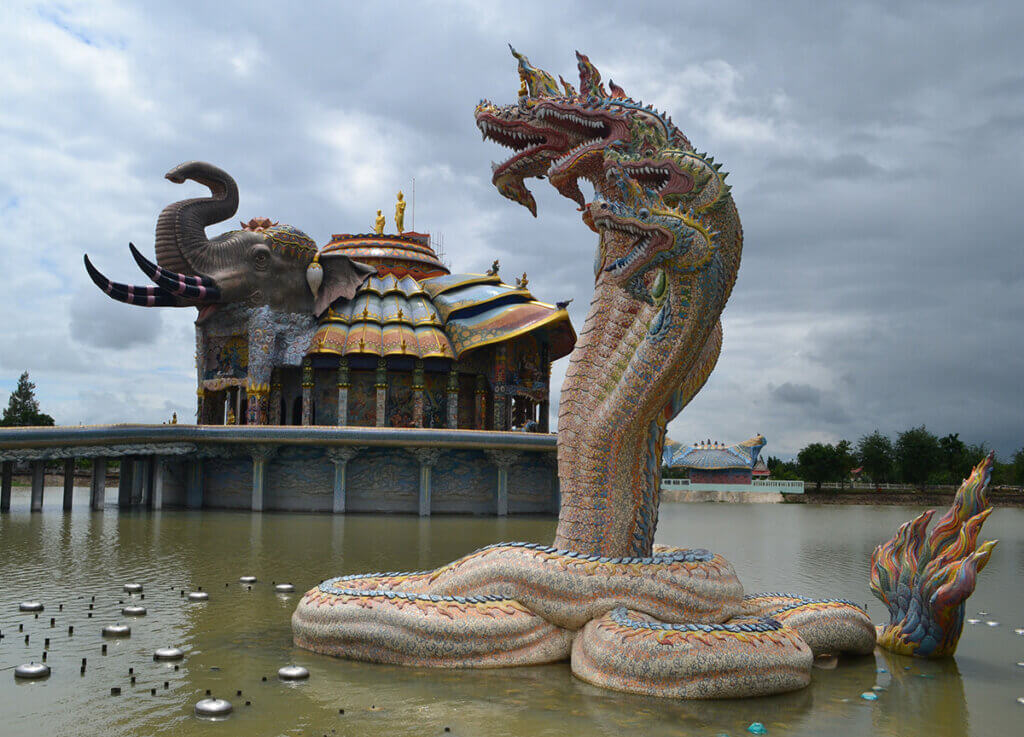
Korat blends modern life with deep-rooted tradition. Explore Khmer ruins at Phimai Historical Park, shop at one of Thailand’s largest night markets, and sample Isaan specialties like Pad Mee Korat and grilled chicken. The city is accessible by frequent buses and trains from Bangkok.
Lampang: Northern Charm on Horseback
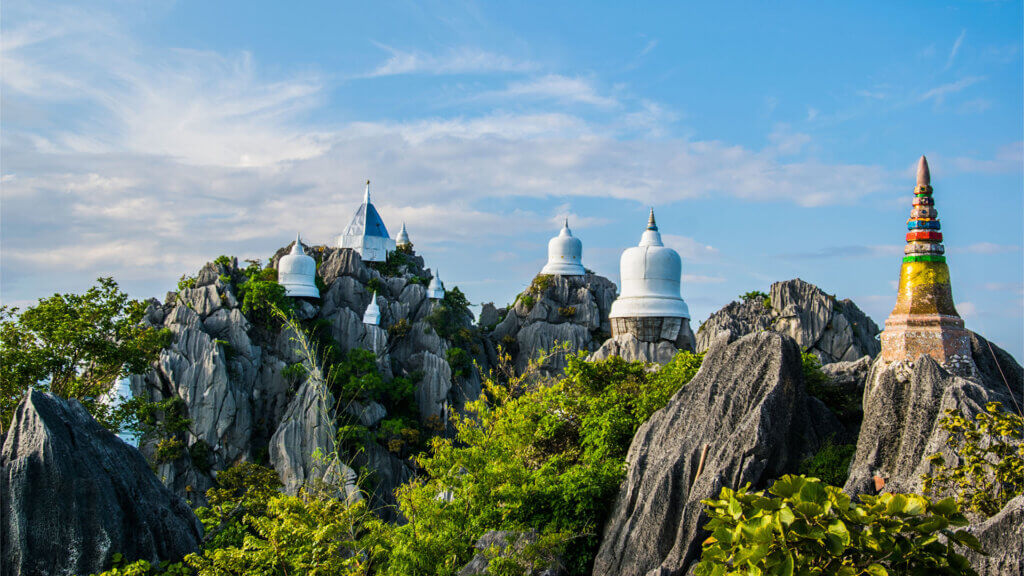
Lampang is the only Thai city where horse-drawn carriages are still common. Its old town features teakwood mansions, ancient temples, and a relaxed pace. The city is also known for its ceramics and northern Thai cuisine, including sai ua sausage and khao soi. Lampang is a short train ride from Chiang Mai and is seeing a rise in international visitors seeking authentic heritage, as noted by travel data experts.
Phayao: Lakeside Serenity
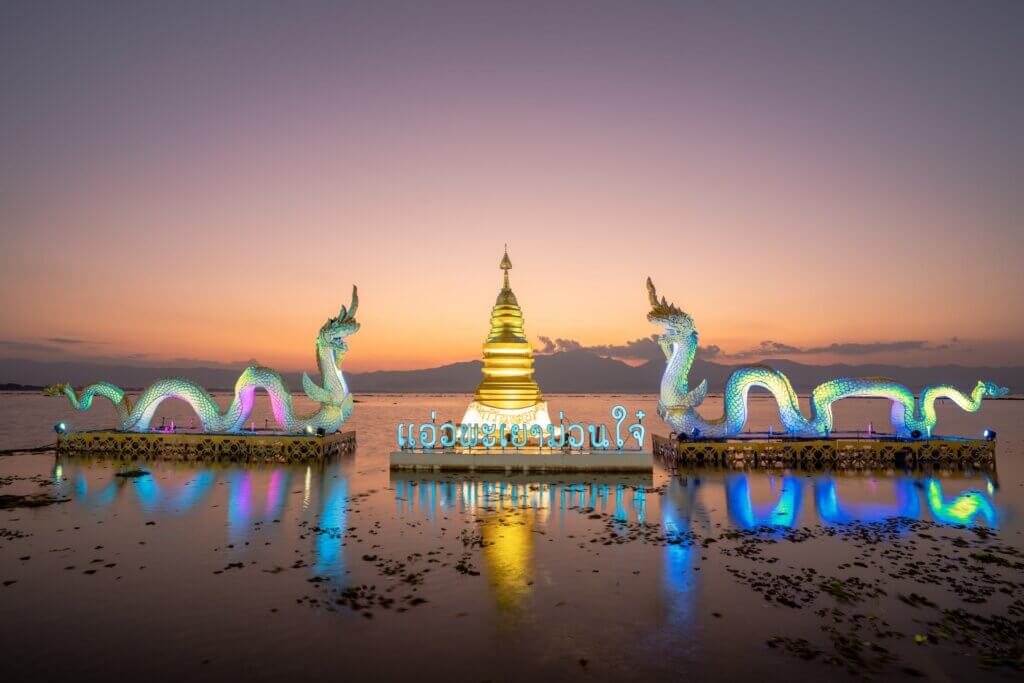
Phayao wraps around one of Thailand’s largest freshwater lakes, offering misty mountain views and a tranquil atmosphere. The town is known for its fish dishes, lotus weaving, and peaceful daily rituals. Buses from Chiang Mai or Chiang Rai make it an easy addition to a northern Thailand itinerary.
Mae Sai: Thailand’s Northernmost Point
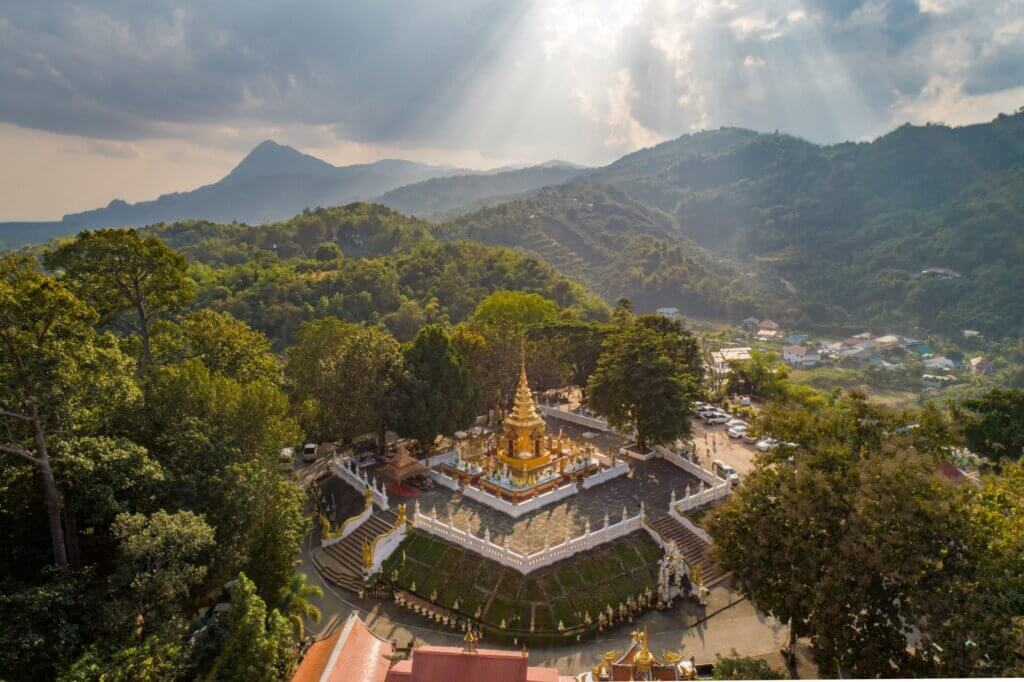
Mae Sai is a lively border town where Thai, Burmese, and Yunnanese cultures blend. The bustling market, panoramic views from Doi Wao hill, and proximity to the Golden Triangle make it a fascinating stop. Local food includes tea leaf salad, samosas, and regional noodle dishes. Buses connect Mae Sai with Chiang Rai and Chiang Mai.
Expert Insights: Why These Places Matter
Travel experts and local authorities agree that exploring lesser-known destinations benefits both visitors and communities. Olivier Ponti, director at travel data company Forward Keys, notes:
“This shift isn’t just about minimizing environmental impact but also about promoting economic stability and improving local community well-being. By encouraging visits to less crowded areas and using digital tools to manage access to popular spots, Thailand can better handle overtourism and safeguard its natural resources.”
According to Lonely Planet, many of these destinations are cherished by locals for their relaxed pace and preserved traditions. For example, Phatthalung’s lotus-filled lakes and Lampang’s historic architecture offer experiences that are both unique and deeply rooted in Thai culture.
Practical Tips for Visiting Hidden Gems
Traveling to these destinations is easier than ever thanks to online booking platforms like 12Go, which offer combined bus, train, and ferry tickets. Accommodations range from budget guesthouses to boutique hotels, often at a fraction of the price found in major tourist centers. When visiting, remember to respect local customs, dress modestly at temples, and embrace the slower pace—these places are about savoring the journey as much as the destination.
In Summary
- Thailand offers a wealth of under-the-radar destinations beyond Bangkok, Chiang Mai, and Phuket.
- Exploring lesser-known spots supports sustainable tourism and local communities.
- Destinations like Koh Samet, Sukhothai, Koh Kood, Mae Sot, Nong Khai, Phitsanulok, Korat, Lampang, Phayao, and Mae Sai each offer unique attractions, food, and culture.
- Travel experts highlight the growing appeal of authentic, less crowded experiences.
- Getting to these places is straightforward with modern transport options and online booking tools.
- Visiting hidden gems can lead to deeper connections, memorable moments, and a more meaningful Thai adventure.


